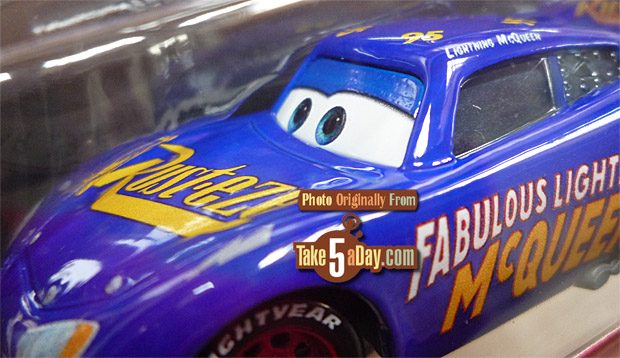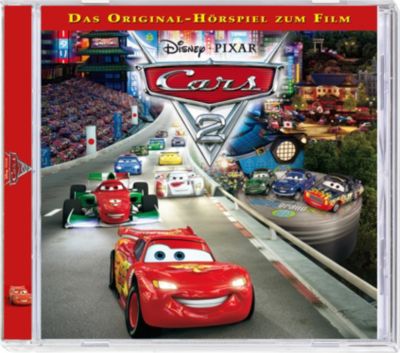

The PII-9 and the associated software became the prototype of the next generation of commercial "low cost" workstations. This system was aimed at high-end government imaging applications, which were done by dedicated systems produced by the aerospace industry and which cost a million dollars a seat. At this time in history most file systems could only address 2 GiB of disk. A full-up system was quite expensive, as the 3 GiB RAID was $300,000 alone.
Cars 2 disney overlay full#
This machine was coupled with a very early RAID model, a high performance bus, a hardware image decompression card, 4 processors (called Chaps or channel processors), very large memory cards ( VME sized card full of memory), high resolutions video cards with 10-bit DACs which were programmable for a variety of frame rates and resolutions, and finally an overlay board which ran NeWS, as well as the 9 slot chassis. In 1988, Pixar began the development of the PII-9, a nine slot version of the low cost P-II. By 1988 Pixar had only sold 120 Pixar Image Computers. Pixar did get a contract with the manufacturer of CAT Scanners, which sold 30 machines. However, this had little effect on sales, despite the machine's ability to render CAT scan data in 3D to show perfect images of the human body. In an attempt to gain a foothold in the medical market, Pixar donated ten machines to leading hospitals and sent marketing people to doctors' conventions. In 1987, Pixar redesigned the machine to create the P-II second generation machine, which sold for $30,000. However, the system did not sell in quantity. The original machine was well ahead of its time and generated many single sales, for labs and research. The machine sold for $135,000, but also required a $35,000 workstation from Sun Microsystems or Silicon Graphics (in total, equivalent to $400,000 in 2020). Availability Ībout three months after their acquisition by Steve Jobs on February 3, 1986, the computer became commercially available for the first time, and was aimed at commercial and scientific high-end visualization markets, such as medical imaging, geophysics, and meteorology. The team then decided to solve the problem by starting a hardware project, building what they would call the Pixar Image Computer, a machine with more computational power that was able to produce images with higher resolution. Computer graphics quality was just not good enough due to technological limitations at the time.

When George Lucas recruited people from NYIT in 1979 to start their Computer Division, the group was set to develop digital optical printing, digital audio, digital non-linear editing and computer graphics.


 0 kommentar(er)
0 kommentar(er)
